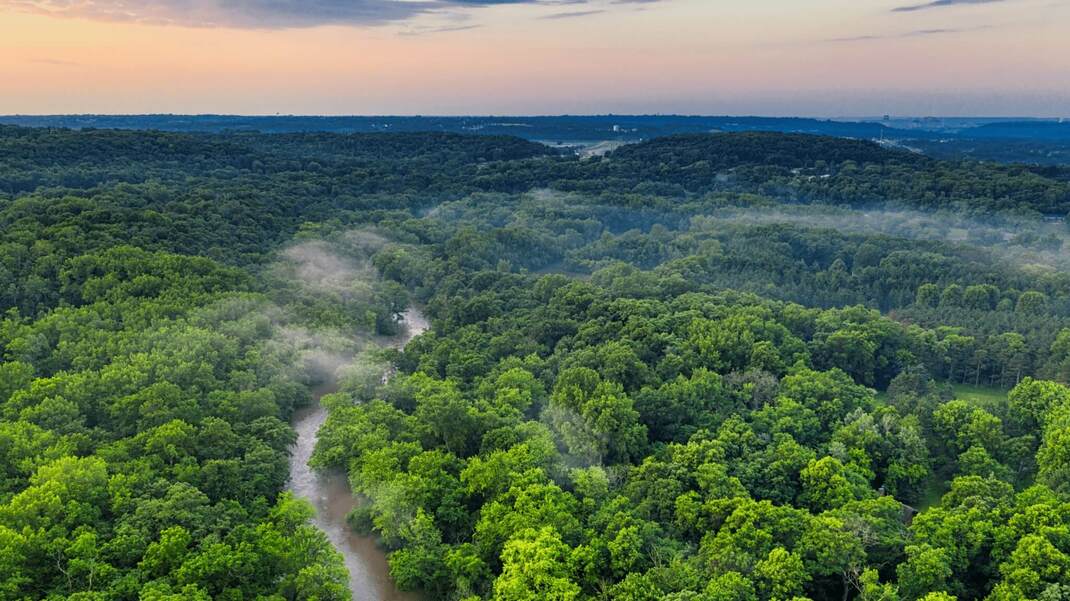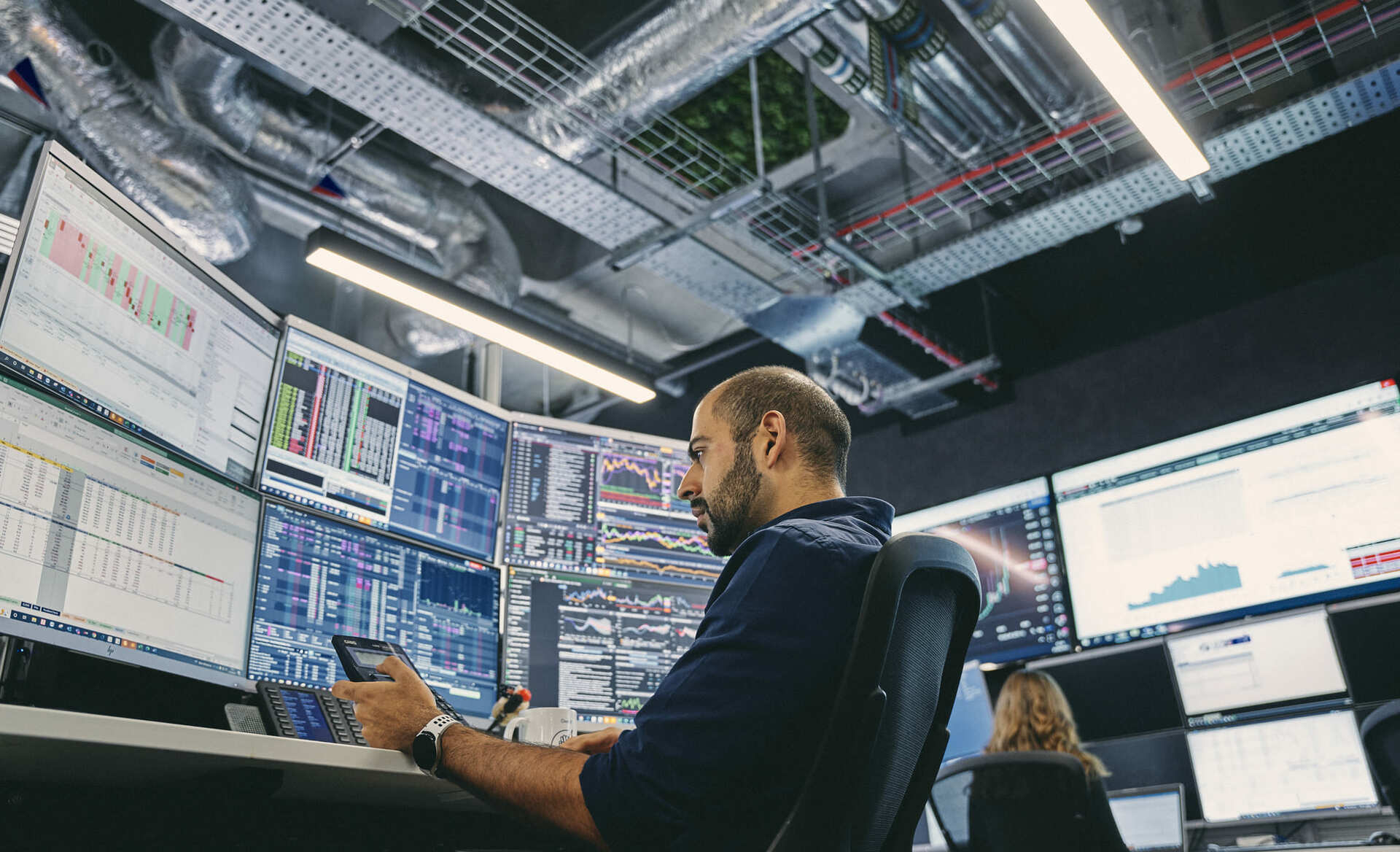Carbon offsetting explained: How to balance your carbon footprint
SmartestEnergy is committed to driving the transition to a low carbon future. In this blog, Vineet Arora, Emissions & Fuels Trader, explains how voluntary carbon credits can help businesses achieve their net-zero ambitions.

SmartestEnergy is committed to driving the transition to a low carbon future. In this blog, Vineet Arora, Emissions & Fuels Trader, explains how voluntary carbon credits can help businesses achieve their net-zero ambitions.
In recent years, as environmental, social, and governance (ESG) goals move up the corporate agenda, particularly following decisions made at COP26, interest in the voluntary carbon market has grown. Voluntary carbon credits help businesses fulfil their climate ambitions by creating a net reduction in their greenhouse gas (GHG) emissions by funding carbon reduction projects across the globe. Certificates are generated from projects which target avoidance, reduction or removal of GHG emissions from the atmosphere, allowing businesses to offset their unavoidable scope 1 and 3 carbon emissions.
Before any business can embark upon its net-zero journey using carbon credits, it must ascertain where it stands. A specialist consultant can help calculate the carbon footprint as a starting point, dividing the company's emissions into three scopes, Scopes 1, 2 and 3.
- Scope 1 emissions contain direct emissions from sources owned and controlled by the company and are usually the simplest to identify, including emissions from company vehicles, on-site energy use in space heating, manufacturing and industrial processes.
- Scope 2 emissions are indirect emissions from purchased electricity, heating or cooling.
- Scope 3 includes all indirect emissions that occur throughout the organisation's value chain and include employee commuting or business travel, purchased goods and services and even investments.
Voluntary carbon credits can be used against all emissions, Scopes 1,2 and 3. However, it is necessary to consider the other tools available, such as; alternative certificates that are considered more effective against certain emissions. For example, under Scope 1, for emissions relating to the burning of natural gas for heating, biomethane certificates or Renewable Gas

Guarantee of Origin (RGGO) certificates can also be used, and under Scope 2, for indirect emissions from purchased electricity, Renewable Energy Guarantee of Origin (REGO) certificates are considered more suitable. For all other emissions, voluntary carbon offsets are an excellent tool and it is also important to highlight that there is more to voluntary carbon projects than just carbon savings. Many of the projects also promise co-benefits in the form of financial contributions to regional health centres, generating employment opportunities, and supporting local communities.
We can see increasing numbers of customers looking for new ways to help reach their sustainability goals, so we will likely see voluntary carbon being a key component in the route to net-zero for many.
Based on demand projections for carbon credits, the voluntary carbon market could grow up to 100-fold by 2050, which could prove vital in meeting the global 1.5-degree target. However, from thousands of projects available in the marketplace, choosing a suitable project can be a point of confusion for many buyers. At SmartestEnergy, we aim to simplify this process with our four-point checklist, highlighting the main considerations in choosing the right project:
- UN Sustainable Development Goals (SDGs) – Projects offered by SmartestEnergy aim to fulfil many of the 17 sustainable development goals listed by the United Nations. Just let us know which goals reflect your company values best.
- Type of project – Credits can be issued from a range of projects, such as Renewable Energy, Forestry, Energy Efficiency, cookstoves and more.
- Project Origin - Most of our projects are based in the developing world of South Asia, China, Latin America and Africa. However, projects based in the UK, Europe and the United States are also available.
- Price - SmartestEnergy will find the right project to meet any budget and at the best value for you.
Upon choosing the UN SDGs, project type, origin and price, our team will share a few projects that would be a good fit for businesses to select one or a shortlist of projects. We can also help companies give their employees a democratic voice by creating a project poll, providing all the information and photos of the projects, letting employees get involved and choose the right project for their company.

Discover how to offset your emissions
We offer a reliable, transparent process for buying high-quality, certified carbon credits that effectively meet your emissions targets and support decarbonisation efforts across the globe meeting UN Sustainability Development Goals.


